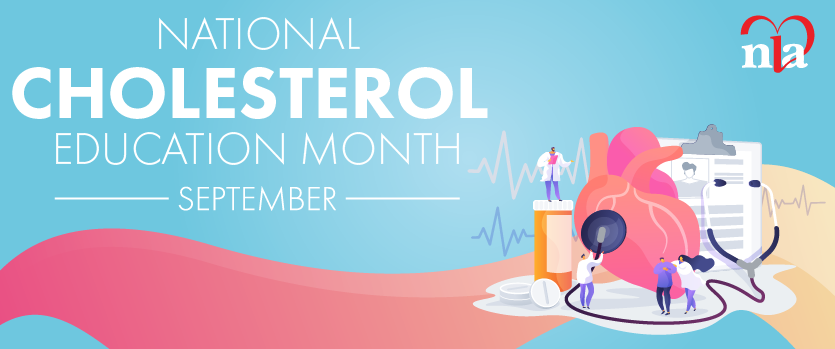I grew up in Chicago and, for most of my career, I have practiced on the near Westside of Chicago. Although health disparities are prevalent in every large city, the life expectancy gap is particularly salient in Chicago. A resident of the downtown area has an 85-year life expectancy. However, just six miles away in West Garfield Park, life expectancy drops to 69 years.
Violence is certainly blamed for many of the premature deaths in Chicago. Yet it’s important to recognize that the areas with large life-expectancy gaps are under-resourced communities where over half of early deaths are caused by chronic untreated conditions, such as heart disease, cancer, stroke, and diabetes.(1) For black Chicagoans in particular, the COVID-19 pandemic has unmasked a chronic disease crisis. While black Chicagoans comprise only 33% of the city’s population, they account for 51% of deaths due to diabetes and 49% of deaths due to heart disease. In the first 17 months of the pandemic, 5,336 Chicagoans lost their lives from COVID-19, and over 90% of them had one of more underlying conditions.While black Chicagoans constitute only 19% of COVID-19 cases, they account for a striking 40% of COVID-19 deaths.(2)
Genes and biological factors are thought to account for less than one-third of an individual’s health outcomes. Most determinants of one’s health status are social factors, defined by the World Health Organization as the, “circumstances in which people are born, grow, live, work, and age, and the systems shaping the conditions of daily life.”(3) This definition of the social determinants of health implies that health and illness are not distributed evenly through communities, and neither are the resources necessary to prevent illness. Indeed, the Chicago communities with the lowest life expectancies are under-resourced. Individuals who reside in these communities struggle with socioeconomic position, including education, employment, income and wealth; race and ethnic discrimination, including biases and stereotypes among public safety agencies and even clinicians; and differences in language and cultural beliefs and practices that may affect health behaviors and access to care.(4,5)

These life-expectancy gaps are unjust and must be addressed by improving economic conditions in communities and eliminating structural racism, which must be done to improve the health of the people who live there. In under-resourced communities, preventive care is often non-existent as access to care is sought for only urgent and episodic illnesses. As clinicians in lipid or preventive cardiology practices, we counsel our patients on the need for heart-healthy diets and daily physical activity that will undoubtedly improve lipid levels, blood pressure, and overall cardiovascular disease risk. However, this advice is futile if our patient has limited access to fresh fruits and vegetables, or does not have money to pay for them, and feels unsafe to walk around the neighborhood for exercise.
There is much hope for the Chicago West Side Communities. Because inequities are deeply rooted in social systems, a team approach that entailed deliberate community investment was initiated. Led by Rush University Medical Center, West Side United (WSU) was formed with five other health systems plus community residents, education providers, the faith community, business, government, and other organizations. By addressing inequality in health care, education, economic vitality and the physical environment, the goal of WSU is to reduce the life expectancy gap between the Chicago Loop and the West Side by 50% by 2030. Instead of simply treating the illnesses that result from inequities, WSU is working to create healthier communities.(6)
As co-editor of LipidSpin, I am grateful for NELA and SELA’s efforts to increase awareness of health disparities and inequities. In particular, the case study featured in this issue highlights the social issues that impact health and health practices of an undocumented immigrant patient. Similar, the clinical feature article details cardiovascular risk reduction and lipid management through a race, ethnicity, and equity lens. Other contributions to this issue address ASCVD risk in South Asians, statin metabolism in East Asians, implementing culturally sensitive dietary surveys, and practical tools for alleviating drug disparities in patients with lipid disorders. Finally, the purpose and goals of the newly formed NLA Diversity, Equity, and Inclusion Task Force are examined so that our organization is better positioned to recruit and meet the needs of all members.
Disclosure statement:
Dr. Braun has no financial information to disclose.
References are listed on the 2021 Fall LipidSpin downloadable .pdf on www.lipid.org





.jpg)
.png)











